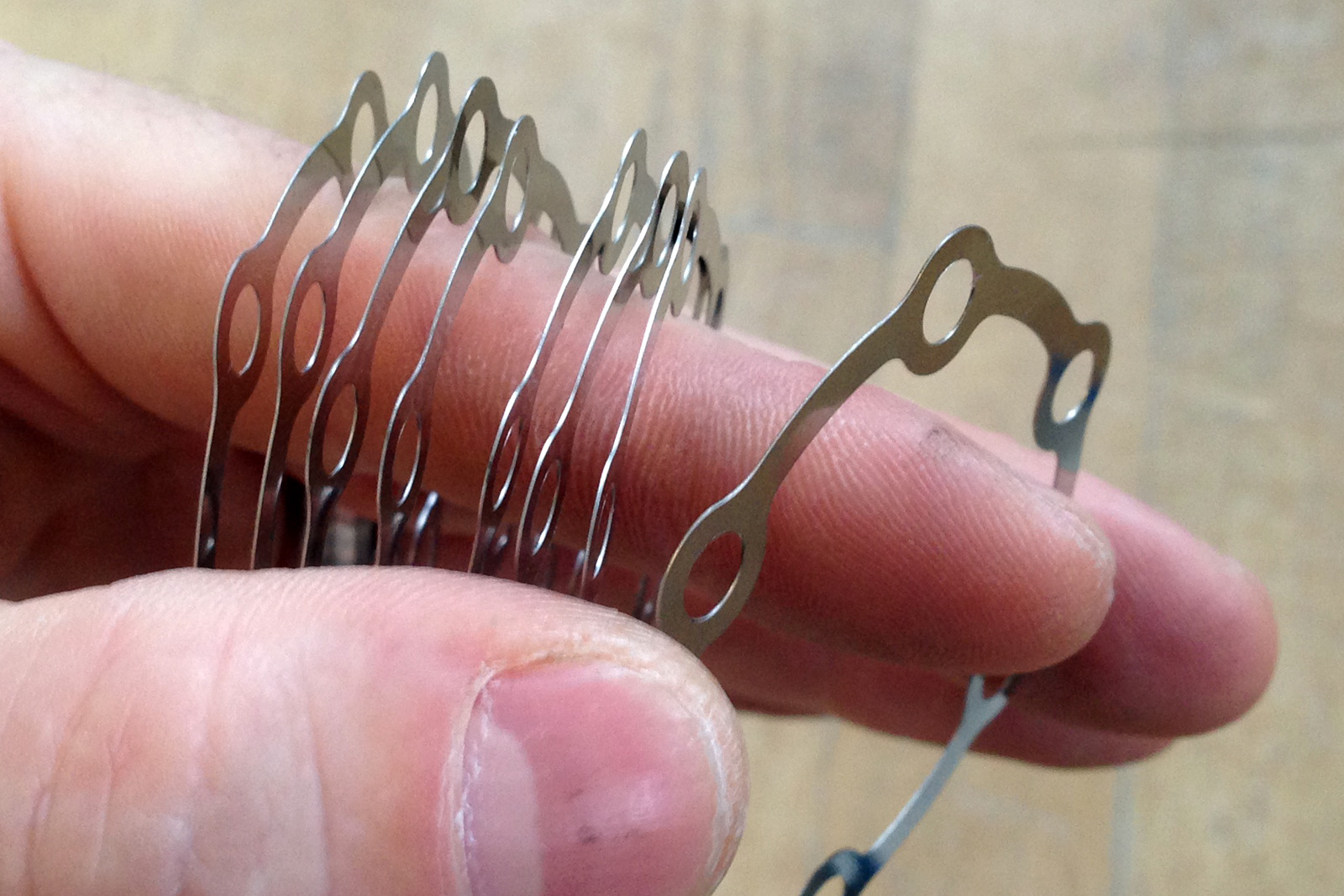
7 This is one reason why no difference exists in the ultimate compressive strength of the lumbar spine when comparing postures of 0% and 75% of maximal flexion. At 50% and 75% of maximal lumbar spine flexion, ligaments are less strained, resulting in only marginal increases in intradiscal pressures relative to a position of 0% flexion. Importantly, this only occurs as we get closer to end range flexion. However, the posterior ligaments possess a shorter moment arm relative to the extensor muscles and, consequently, a very high compressive penalty. 7 This occurs as the posterior ligaments of the neural arch provide an internal extensor moment to counteract the flexion moment that occurs with lifting.
#Use spine align bolt full
One reason for this is that as the posterior ligaments are recruited with full spine flexion, they increase the intradiscal pressures, resulting in a diminished capacity for loading. 19 The primary concern with maximally flexing the trunk during heavy lifting exercises is the tolerance of the spine to compressive forces, says Click To Tweet When fully flexed, the compressive strength of the passive spine has been shown to decrease by approximately 23%-47% in cadaver models compared to an alignment where the end plates are positioned parallel to each other (which represents a slightly flexed position). The primary concern with maximally flexing the trunk during heavy lifting exercises is the tolerance of the spine to compressive forces.


Therefore, lifting technique should complement good programming to help mitigate injury risk and develop robustness.

18 While it is important to appreciate the adaptive capacity of the body, it should not be regarded as infinite. This disparity can be explained by the osteoligamentous structure’s capacity to remodel following exercise, over time building the spine’s tolerance for the compressive loads experienced during lifting. How Does Maximal Spinal Flexion During Lifting Increase Injury Risk?ĭuring heavy lifting exercises (“heavy” is defined in this article as loads exceeding 10RM), the compressive forces are incredibly high 13, surpassing the ultimate strength of the spine reported in cadaver studies 29. This article will present evidence for the potential risk associated with lifting in a maximally flexed posture and provide tools that coaches can use to help athletes avoid end range flexion during bilateral lifting exercises. As spine injuries are common in sports where heavy lifting exercises are performed (e.g., weightlifting and powerlifting 1), avoiding end range flexion could be an important strategy to reduce lifting-related injuries. While it is important to acknowledge the advantages of lifting with moderate amounts of lumbar spine flexion, it should also be recognized that maximally flexing the spine under the extremely high compressive loads seen in the weight room may increase injury risk. Optimizing load sharing by reducing the compressive loading on spinal structures such as the facet joints and the posterior annulus of the disc.Potentially facilitating the contribution of the lumbodorsal fascia in providing an internal extensor moment, enhancing metabolic efficiency.Lengthening the erector spinae muscles, resulting in greater torque generation capability.Maximizing the hip extensor internal muscles moment arm 9 by decreasing the amount of hip joint flexion required to lower the center of mass a given distance 28.Decreasing the external moment arm of the barbell relative to the lumbosacral and hip joints, allowing more load to be lifted.Click To TweetĪlthough spine flexion during lifting exercises is commonly thought to increase injury risk, submaximal amounts of lumbar flexion may improve lifting performance and possibly lower injury risk through the following mechanisms: 14,22 As spine injuries are common in sports where heavy lifting exercises are performed, avoiding end range flexion could be an important strategy to reduce lifting-related injuries. 15 In fact, even when people are coached to maintain a lordotic posture during lifting, flexion relative to a standing posture still occurs. 23 During heavy squatting and deadlifting performed through a full ROM, the lumbar spine will typically flex between 50% and 80% of maximum flexion. However, lumbar spine flexion away from the neutral posture is unavoidable during these exercises. During full range of motion (ROM) bilateral lifting exercises such as squats and deadlifts, a neutral spine posture-defined as an individual’s relaxed standing posture where the stress on the spinal column and muscular effort required to maintain this alignment is minimal 26-is commonly included as part of the technical model.


 0 kommentar(er)
0 kommentar(er)
